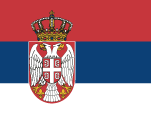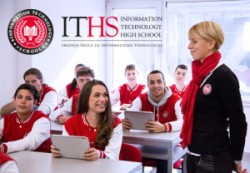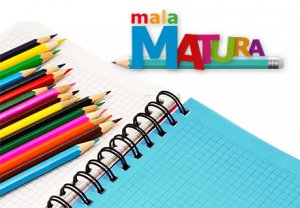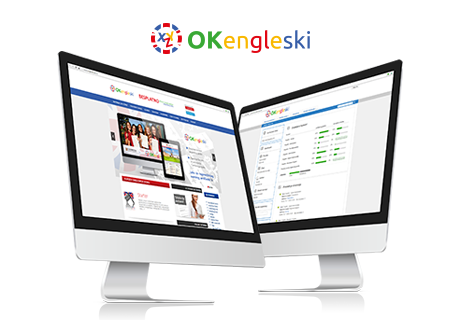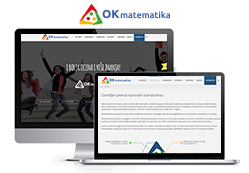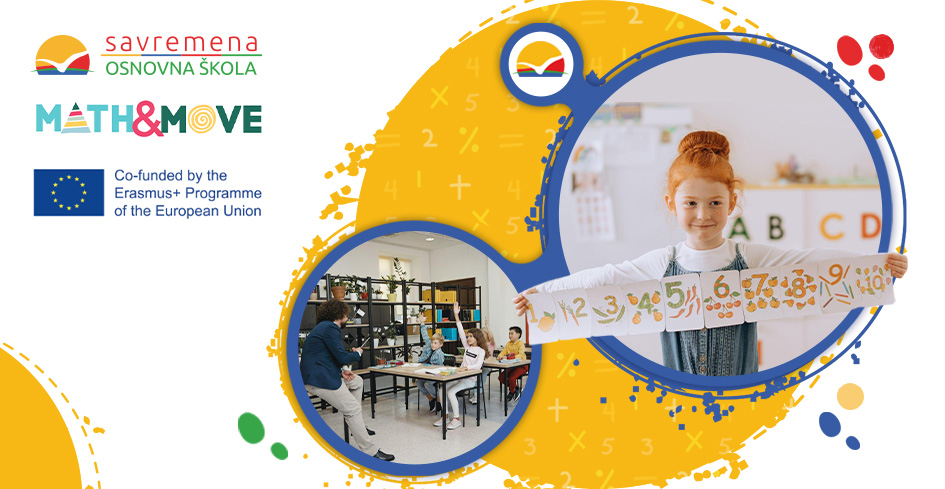
Interactive teaching of mathematics in younger grades of primary school
Andjela Petrovic / / Blog, Erasmus+, I-IV, Kombinovani, Math&Move, Nacionalni / September 16, 2023
Interactive teaching of mathematics in younger grades of primary school
Modern teaching systems lead to better results
Interactive teaching is a modern teaching system that strives to overcome student passivity and the lack of interaction present in traditional teaching.
The concept of interactive teaching implies a model according to which a certain topic or task is mastered through interaction among participants in the lesson and through the process of interactive learning within a group. It is often defined as an “interpersonal cooperative relationship among students” in class, whose purpose is to transfer the action from the teacher to the students.
Interaction, as the basis of interactive teaching, represents the “mutual action” of people who adopt attitudes toward each other and mutually determine their own behaviour. The basic characteristics of interaction are mutual action of persons, taking positions and determining behaviour. Working in a group as the basis of interactive teaching provides the opportunity for students to actively participate in class and become active performers and key contributors, fostering quality cooperation among them.
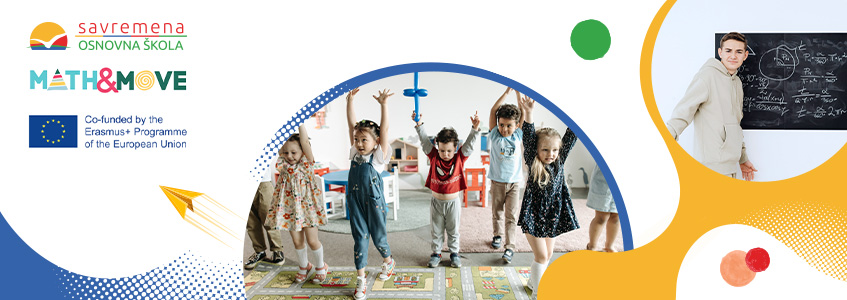
Students gradually memorise the multiplication table and apply it in calculations. To check the accuracy of what has been memorised, when one factor being multiplied is less than or equal to five, students calculate the product by adding equal sums. If both factors are greater than five, then they can use the rule that we will prove and explain. Let’s assume that m and n are natural numbers less than 5. The numbers whose products form the lower right part of the multiplication table belong to the set {6, 7, 8, 9} and have the forms 10-m and 10-n.
By multiplying the given numbers, we get:
(10 – m) · (10 – n) = 10 · 10 – m · 10 – n · 10 + m · n
= (10 – m – n) · 10 + m · n
= [10 – (m + n)] · 10 + m · n
To apply the obtained expression, when calculating the product of the specified numbers, we will first describe the roles of the numbers m and n. The number m indicates how much the first factor is less than 10, and the number n does the same for the second factor. The product is equal to a sum in which the first term contains at least two tens because:
10 – (m + n) ≥ 2, and the second one contains at most ten because m · n ≤ 16 (4 · 4 =16)
The described way of determining the product can be facilitated by using the fingers on joined hands, with palms facing you. In this position, the thumbs are the last fingers and they always bend.
The total number of bent fingers on the left hand represents m, and on the right hand, it represents n. Outstretched fingers represent tens, i.e. the first term, and the second term is the product of bent fingers. The multiplication procedure described in this way can be called finger multiplication. This method accelerates checking the accuracy of the right part of multiplication tables, which students have the hardest time remembering.
The most important advantage of interactive processing of teaching units, according to the described structure, is a significantly greater engagement of students’ thinking activities, which forms the basis for drawing conclusions.
At the same time, inductive reasoning is used to a significantly lesser extent, mainly for confirming, expanding and unifying processed content. Although empirical research refers only to a sample from the population of students in younger grades, it can be assumed that by working according to our methodology, students would achieve even better results. The use of computers, which we did not include in the work of the experimental group, would have a positive effect on students’ achievements in interactive mathematics learning.
Bibliography:
Teacher Education Faculty, University of Belgrade
